Is Glue Flammable? And At What Temperature Does It Change Its Physical State?
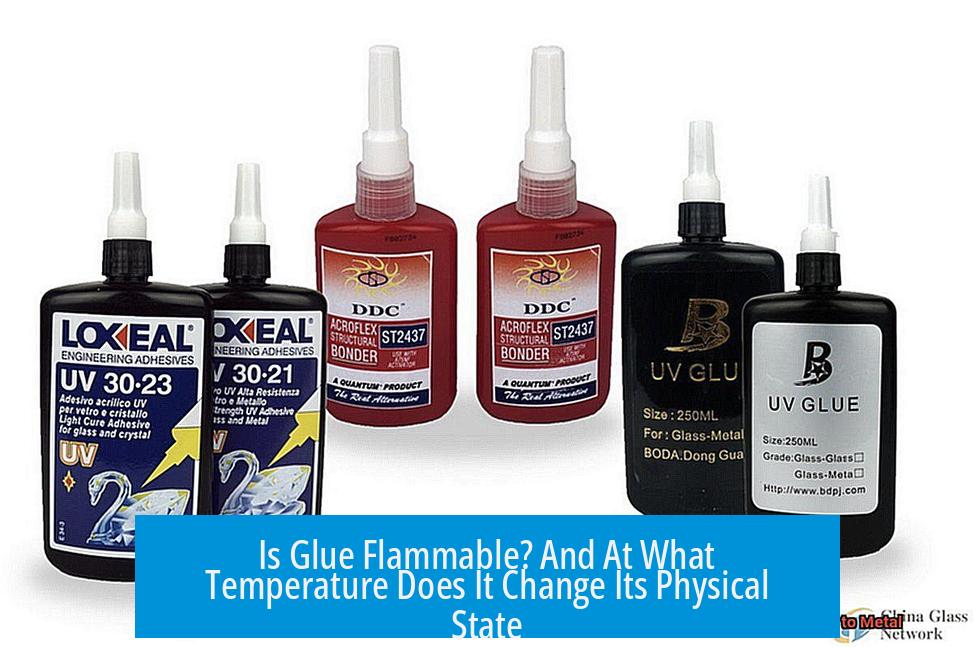
Glue can be flammable depending on its type and composition, and its physical state changes at different temperatures based on its chemical makeup. Hot-melt glues typically melt around 80°C, while other glues may decompose or dissolve rather than melt. The flammability and melting behavior vary widely among glue categories.
1. Understanding Glue Flammability

All types of glue have some degree of flammability, but this varies strongly depending on the glue’s chemical structure and formulation. It is essential to consider the glue’s specific type to evaluate its risk of ignition and burning.
1.1 Factors Affecting Flammability

- Composition: The presence of flammable compounds like vinyl acetate increases flammability.
- State: Glues in their liquid form can be more combustible than when dry.
- Drying: Evaporation of volatile components during dry-down reduces flammability in many glues.
1.2 Flammability by Glue Type
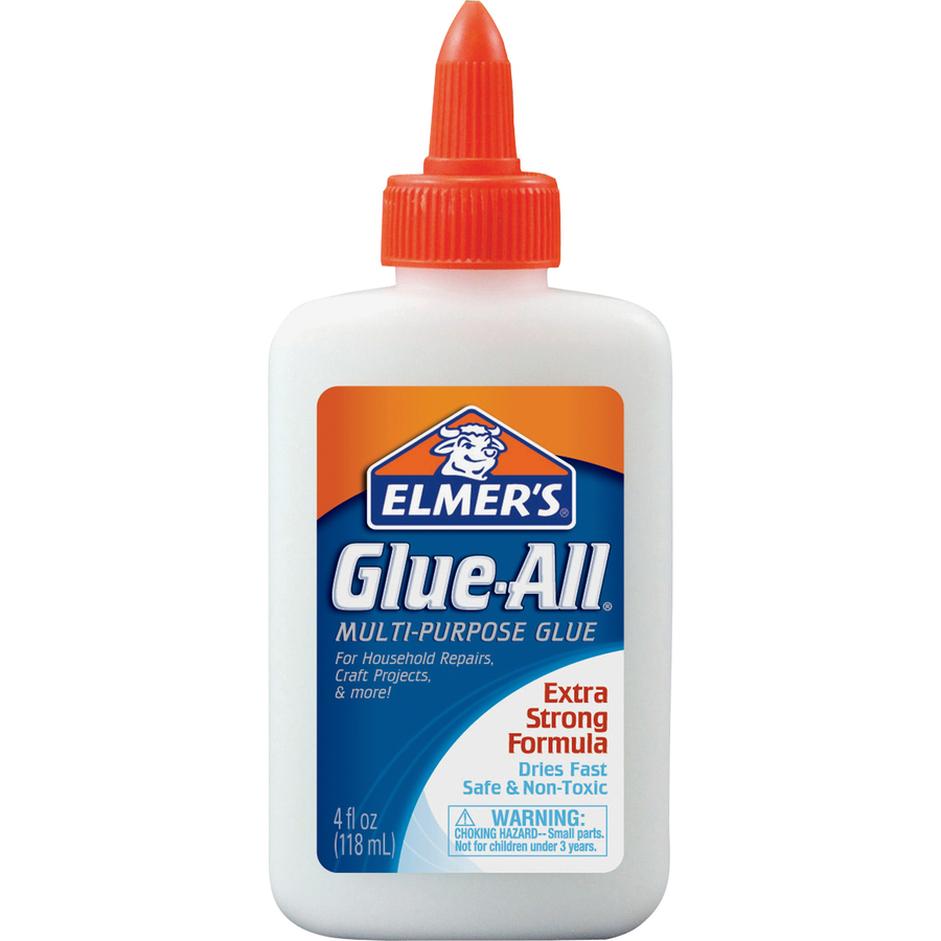
| Glue Type | Flammability Characteristic | Example / Note |
|---|---|---|
| Thermoset Glue | Burns like plastic after hardening | Forms hard, plastic-like solids |
| Thermomelt (Hot-Melt) Glue | Generally low flammability; melts on heating | Varies by formulation but usually safe when handled properly |
| Water-Based Glue | Not flammable in liquid form; can burn if exposed to direct flames after drying | Includes many school glues and glue sticks |
| Super Glue (Cyanoacrylate) | Highly flammable liquid and fumes; curing is exothermic | Examples include Gorilla Glue |
| Rubber Cement, Spray Adhesives, Model Glue | Generally quite flammable | Often includes solvents that increase combustibility |
| PVA Glue | Not flammable; does not emit fumes during use | Common wood glue |
1.3 Specific Brand Examples
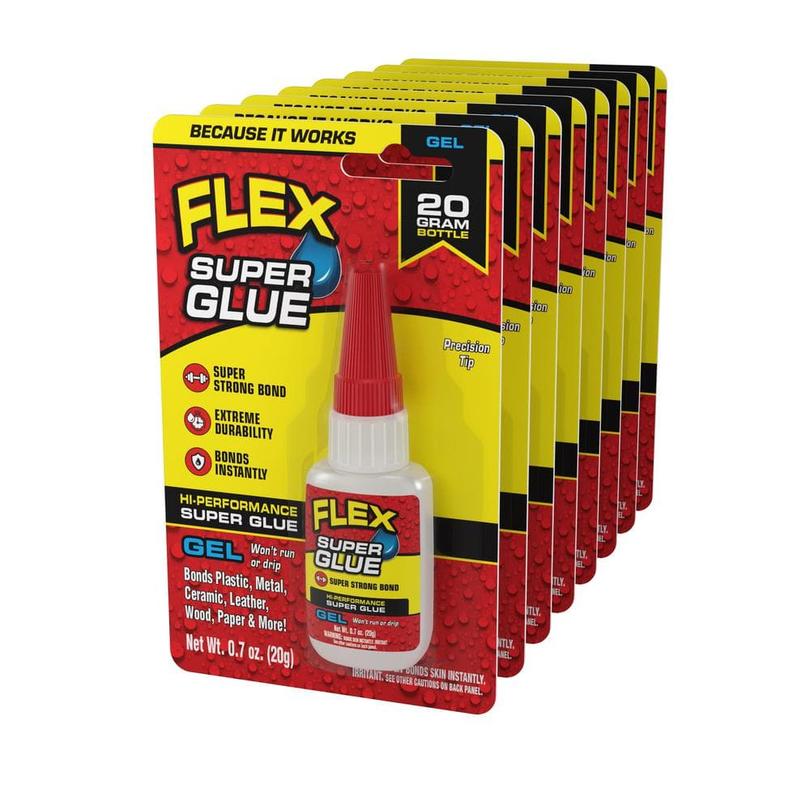
- Elmer’s Glue: Clear formulations are flammable only after drying; wet glue is water-based and not easily ignited.
- Gorilla Glue: Liquid form is highly combustible; classified as a super glue derivative.
- Wood Glue: Generally regarded as non-flammable with minimal fumes.
2. Temperature and Physical State Changes in Glue

Glue changes its physical state at different temperatures depending on its chemical class. Some melt, while others decompose instead.
2.1 Hot-Melt Glue: Melting Behavior
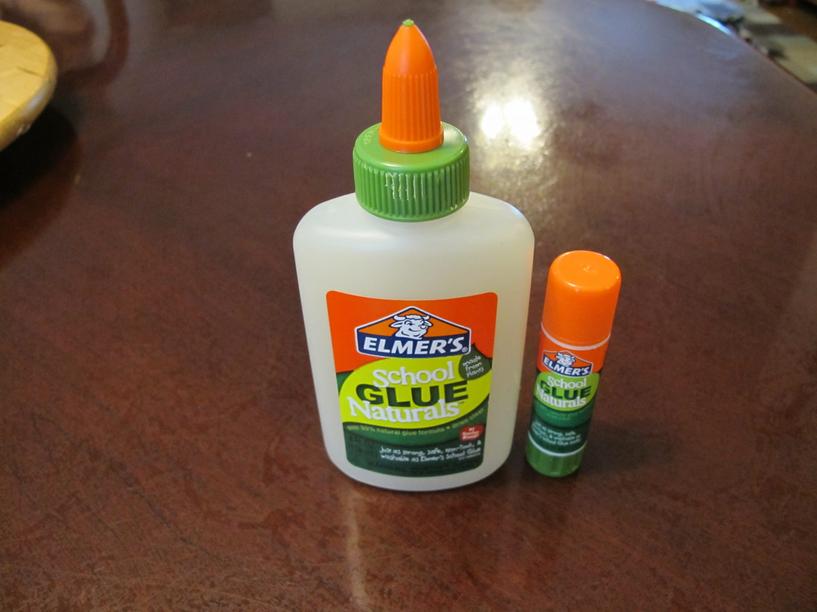
Hot-melt adhesives are a specialized type that solidify on cooling but can be re-melted when heated. The melting point for commercial hot-melt glues is typically around 80°C but can vary widely.
- Lowest observed melting point: Approximately 80°C.
- Variability in melting points due to formulation differences.
- Some hot-melt glues are designed for higher temperature resistance.
2.2 Other Glue Types: Decomposition and Dissolution
Other glues, especially thermoset types, usually do not melt but decompose upon heating. The chemical bonds break down instead of undergoing a phase transition.
Some glues are soluble in solvents like acetone, which can chemically dissolve them rather than melt them.
3. Additional Considerations About Glue Behavior
3.1 Effect of Drying on Flammability
Many glues lose their flammable components after drying, as volatile solvents and compounds evaporate. This reduces flammability significantly but doesn’t guarantee the dried glue cannot burn.
3.2 Exothermic Reaction in Cyanoacrylate Glues
Super glue cures through an exothermic reaction, releasing heat. This can ignite sensitive materials like cotton upon contact and increase fire risk during application.
3.3 Variety and Purpose of Hot-Melt Glue
Hot-melt adhesives are available in many formulations for different uses, including variants with different melting points and physical properties. This diversity influences their safety and usability.
3.4 Other Adhesive Materials
Some materials related to glues, such as rubber adhesives and pressure-sensitive tapes (e.g., Post-It notes), exhibit different thermal and flammability characteristics.
4. Summary of Glue Flammability and Physical State Changes
- Glue flammability depends heavily on its chemical composition and form.
- Thermoset glues burn like plastic; thermomelt glues melt around 80°C or higher.
- Water-based glues are usually not flammable unless dried and exposed to flame.
- Super glues and solvent-based adhesives are highly flammable and emit combustible fumes.
- Drying reduces many glues’ flammability by evaporating volatile components.
- Hot-melt glues can be remelted, varying by type and formulation.
- Many glues decompose at high temperatures instead of melting.
Is Glue Flammable? And At What Temperature Can It Change Its Physical State?
So, is glue flammable? In short: yes, all glues are flammable at some point, but it depends heavily on their type and chemical makeup. Let’s untangle this sticky subject and discover when glue decides to burn, melt, or simply sit pretty without changing shape.
Imagine you’re in your workshop, a tube of glue in one hand and a blowtorch in the other (okay, maybe not the best idea). Understanding glue’s flammability isn’t just academic—it’s about staying safe and knowing the properties of the sticky stuff that holds your projects together.
Glue’s Flammability: The Sticky Truth
First off, not all glues are created equal. Flammability is closely tied to the glue’s chemistry and form, and this dictates how it behaves when exposed to heat or flame. For instance, water-based glues, like most school glues or glue sticks, usually aren’t flammable because their base is water. However, that doesn’t mean they’ll happily survive a blazing matchstick.
On the flip side, super glues (cyanoacrylate) are much wilder characters—they’re flammable in their liquid state and can emit flammable fumes. Take Gorilla Glue, a popular super glue cousin; it’s combustible as a liquid too. So, liquid super glue combined with heat is a recipe for possible fire hazards.
Thermoset vs. Thermomelt Glue: Different Kinds, Different Flames
Now let’s look at thermoset and thermomelt glues. Thermoset glue dries hard and turns into a plastic-like substance. Like plastic, it will burn when exposed to sufficient heat. Think of it as glue turned into a tiny plastic shield—pretty tough but still flammable.
Thermomelt glues—commonly known as hot-melt glues—are a bit more flexible. They harden after cooling but can be melted again by reheating, generally starting at around 80°C (176°F). This melting point varies widely depending on the glue’s formula.
Hot glue sticks you heated with a glue gun? Yeah, those are thermomelt types. While hot glue guns use heat to melt the glue, the dried glue itself resists catching fire easily and is considered generally safe. But remember, “safe” doesn’t mean “fireproof.”
When Does Glue Change Its Physical State?
Temperature is key. The lowest melting temperature for commercial hot-melt glues starts at about 80°C, but depending on the manufacturers and blend of chemicals, it can be higher.
Other glues don’t play the melting game; instead, they decompose when heated. For example, certain adhesives will break down chemically rather than liquefy. Some even dissolve with solvents like acetone, but that’s a different kind of transformation.
Practical Examples: How This Matters
- Elmer’s Glue: This water-based staple won’t burn while wet but becomes flammable once dried out. So, don’t try to light your art project for dramatic effect—it’s a no-go.
- Super Glue: Liquid super glue is flammable and can ignite materials like cotton as it cures, thanks to an exothermic reaction generating heat.
- Wood Glue & PVA Glue: These are generally non-flammable and emit minimal fumes. That’s why they’re preferred in woodworking and household fixes.
Now, you might wonder: Why does glue’s flammability change once it dries?
When glue dries, solvent or water evaporates, often taking away highly flammable compounds. The solid residue is usually less flammable and sometimes behaves like plastic or rubber depending on the type. But remember, less flammable doesn’t mean fireproof.
The Curious Case of Pressure-Sensitive Adhesives and Rubber
Pressure-sensitive adhesives, like those on Post-It notes, have their own unique behavior. They don’t melt or set hard but remain tacky. Rubber-based glues and adhesives can even become brittle when cold, which is a physical change but doesn’t relate directly to fire risk. These nuances show glue’s diversity beyond just stickiness and flames.
So, What’s the Bottom Line?
If you’re handling glue, know your type:
- Water-based glues (school glue, PVA) are low-risk and usually non-flammable when wet.
- Super glues and certain model or spray adhesives are flammable and demand cautious use.
- Thermoset glues become plastic-like, burning like plastic.
- Thermomelt glues melt at around 80°C but aren’t generally flammable when solid—handle hot glue guns carefully though.
Does this make you look twice at your trusty glue tube? Hopefully, it gives you a practical understanding, especially if you dabble in crafts, DIY projects, or work in environments with open flames.
Safety Tips for Glue Enthusiasts
- Avoid exposing glue to open flames or high heat sources unless you know its composition.
- Use super glue in well-ventilated areas to avoid inhaling flammable fumes.
- Store glue away from heat and flame to prevent accidents.
- If melting hot glue, keep your workspace safe and tools in good condition.
Final Thoughts
Glue’s flammability is a fascinating example of how everyday objects have complex chemistry behind them. Knowing your glue’s type and behavior prevents accidents and helps you choose the right adhesive for your project. Next time you’re stuck on a craft or repair, you’ll remember: glue is not just sticky—it’s a chemical character with its own rules of heat and fire. Stick safe!
Is glue flammable in its liquid and dried states?
Many glues are flammable when liquid. After drying, some lose flammability as solvents evaporate. For example, Elmer’s glue is flammable only when dried. But others like super glue remain combustible as liquids.
At what temperature can hot-melt glue change its physical state?
The lowest melting point for commercial hot-melt glue is about 80°C. Different hot-melt glues have varying melting points depending on their formula. Heating will remelt them rather than burn instantly.
Do all types of glue burn like plastic?
Thermoset glues harden into plastic-like forms and burn similarly. Other glues may decompose or dissolve when heated instead of burning directly.
Which glue types are least likely to catch fire?
Water-based glues like PVA, school glue, and wood glue are usually non-flammable. They produce minimal fumes and may even help extinguish flames.
Can super glue ignite materials during curing?
Super glue cures via an exothermic reaction, producing heat. This can ignite materials such as cotton if in contact during curing, increasing fire risk.
Why do some glues emit flammable fumes?
Glues containing solvents like vinyl acetate release flammable vapors. When exposed to open flames, these fumes can ignite easily, even if the glue is not directly heated.


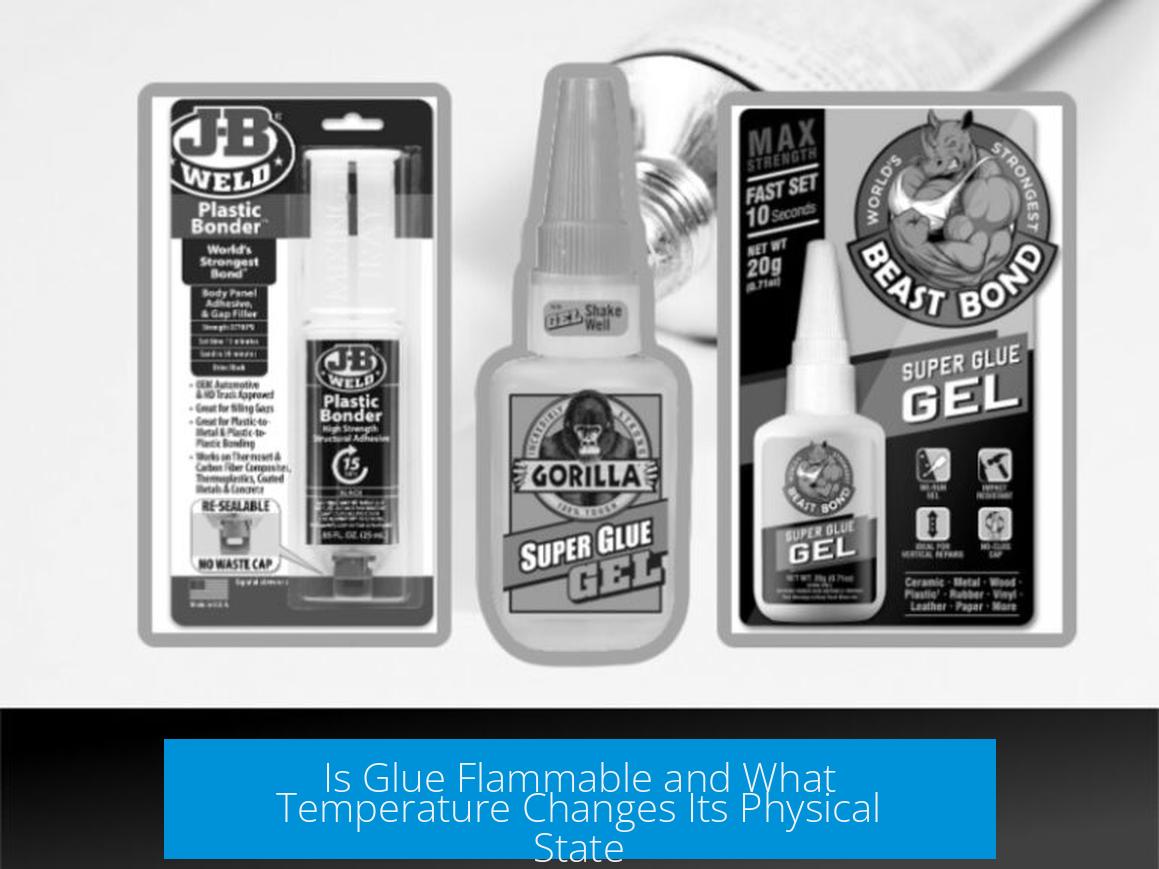


Leave a Comment